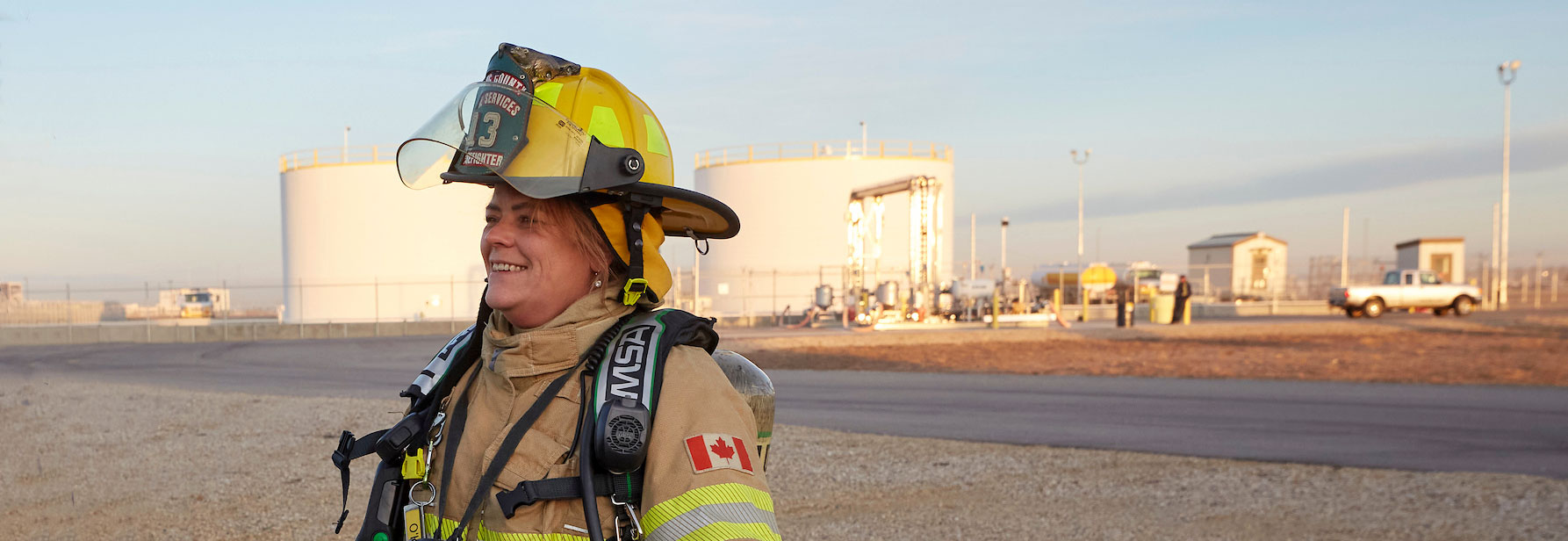At Trans-Northern Pipelines Inc. (TNPI), we operate in a safe, environmentally responsible manner to protect the public, the environment and the pipeline. As a regulated pipeline, we maintain a comprehensive Emergency Management Program (EMP) that aligns with CSA Z246.2 so that we are prepared to respond to and recover from an emergency situation.
Our EMP is part of our Operational Excellence Management System (OEMS) — the framework is based on the continual improvement cycle (Plan-Do-Check-Act), a model commonly accepted for management systems, which governs how we operate as a company. TNPI sustains its journey to reach a target of “Zero Harm” to people and the environment by abiding by its Operational Excellence Management System.
TNPI’s EMP is supported by various other management systems. The interconnectivity of and between these systems ensures that TNPI meets our safety, environmental and regulatory commitments that form the four pillars of an Emergency Management System: Prevention/Mitigation, Preparedness, Response and Recovery.
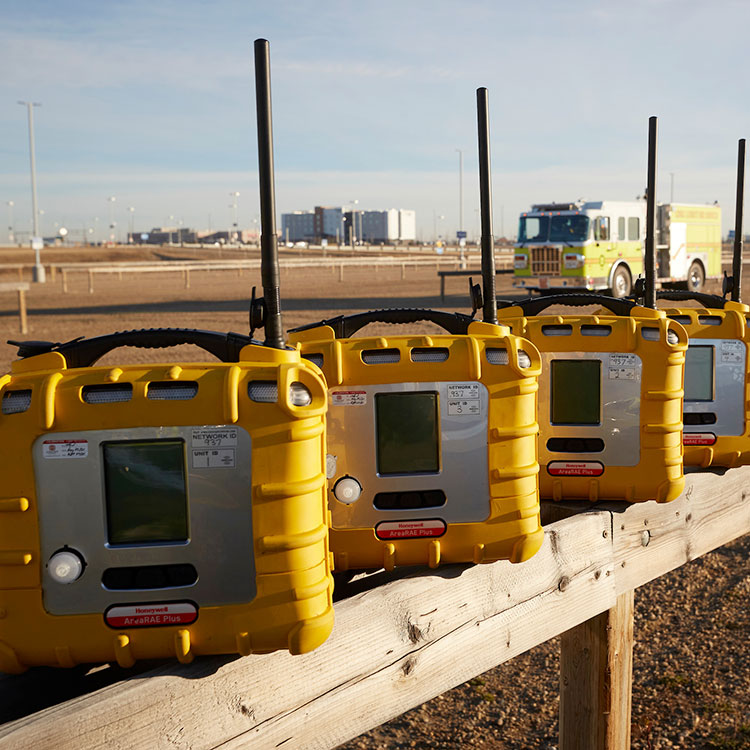
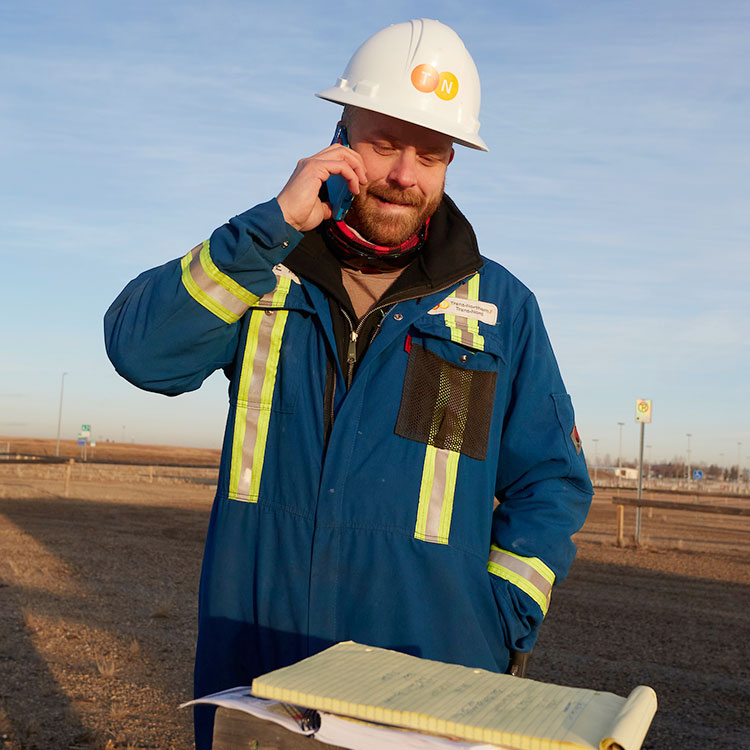
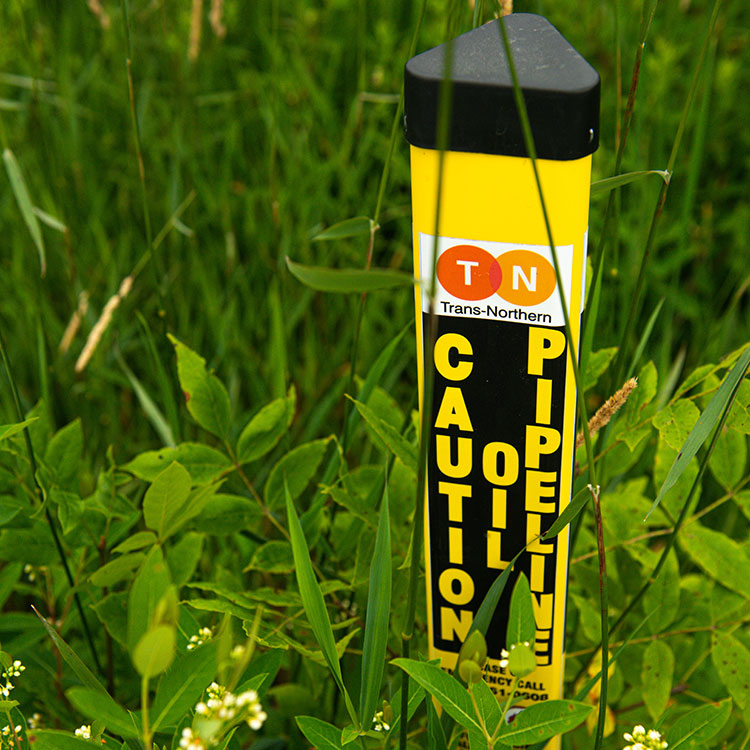
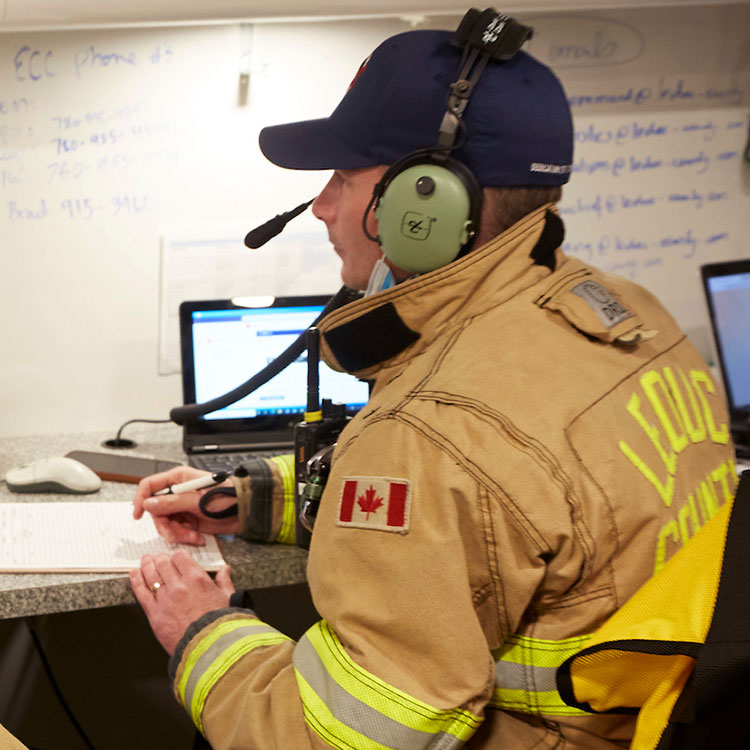
The health, safety and security of the public, employees, and contractors are managed through the processes and procedures of our Safety Management and Security Management Programs. Automated pipeline operations, including remote and/or emergency shut-down, are handled through the Control Room Management Program. Through our Environmental Protection Program, we preserve and protect the environment and biodiversity throughout the lifecycle of our pipeline, and effectively manage and minimize any impacts our operations may have on sensitive receptors. Environmental activities during any unexpected events are managed through the Emergency Response Plan (ERP).
The integrity of the pipeline and of our facilities is managed through the facilities and pipeline integrity management programs, Damage Prevention Program, and the Right-of-Way Maintenance & Surveillance Program. These programs ensure that our pipeline is monitored and protected against activities such as unknown/unapproved digging, construction, yard work, and corrosion, and ensures our regular maintenance activities are completed on a pre-determined schedule.
Our Hazard Identification and Risk Assessment process in the EMP allows us to identify and assess hazards and risks associated with emergency scenarios, define the scope and frequency of drills and exercises, and prioritize our actions.
Our EMP activities and protocols include:
- An Emergency Response Plan (ERP).
- Training and exercises involving employees, contractors, consultants, emergency management officials, emergency responders, regulators, municipalities, Indigenous communities, along with federal and provincial agencies.
- Emergency Management outreach and community relations activities to share our plan and pipeline safety information.
Emergency Response Steps
If you suspect a leak, see suspicious activities, or if you strike the pipeline:
- Stop all work, shut down all machinery, and move to a safe location.
- Call 9-1-1.
- Call our 24-hour emergency number at 1-800-361-0608.
- Do not attempt to repair the pipe or operate any valves.
- Avoid using your cell phone in the immediate vicinity of the suspected leak.

